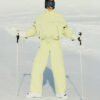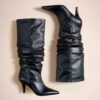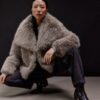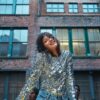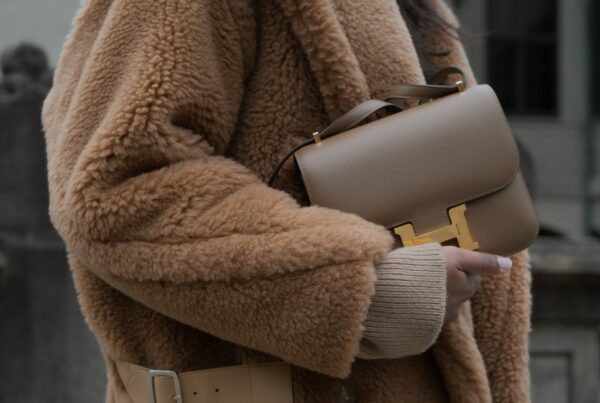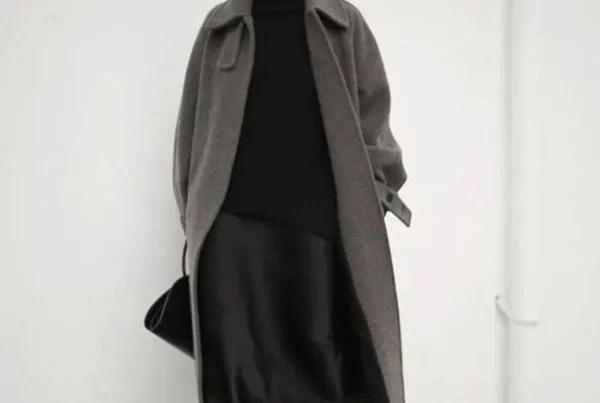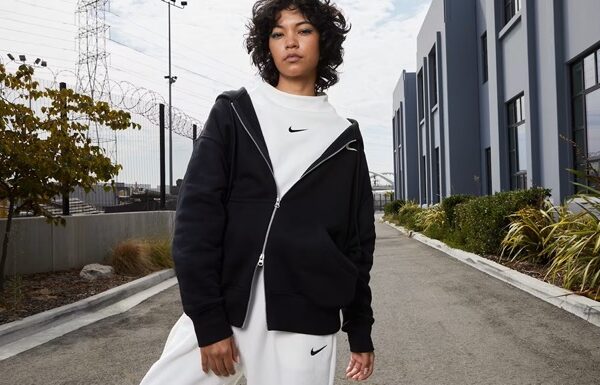Table of Contents
Grunge: Music and Its Enduring Influence on Fashion and Style
Grunge wasn’t just a musical genre that emerged from the Seattle underground in the late 1980s. It was a cultural movement that redefined fashion, challenging the polished opulence of the 1980s with a defiant embrace of disheveled comfort. Grunge music, with its raw energy and angsty lyrics, resonated with a generation yearning for authenticity, and its influence spilled over into wardrobes, forever altering the fashion landscape.
From Gritty Basements to Global Trendsetters: The Birth of Grunge Fashion
Seattle’s music scene in the late 1980s was a breeding ground for a new sound. Bands like Nirvana, Pearl Jam, Soundgarden, and Alice in Chains were creating music that was loud, distorted, and emotionally charged. Their music wasn’t just about catchy hooks and polished production; it was a raw expression of angst, frustration, and a rejection of mainstream conformity.
This rebellious spirit translated into fashion choices that defied the trends of the time. Gone were the power suits and neon-drenched outfits of the 1980s. Instead, grunge embraced a look that was anti-fashion, prioritizing comfort and individuality over flashy labels and expensive pieces. Thrift stores became the go-to shopping destination, offering a treasure trove of flannel shirts, ripped jeans, and faded band tees – the quintessential grunge uniform.
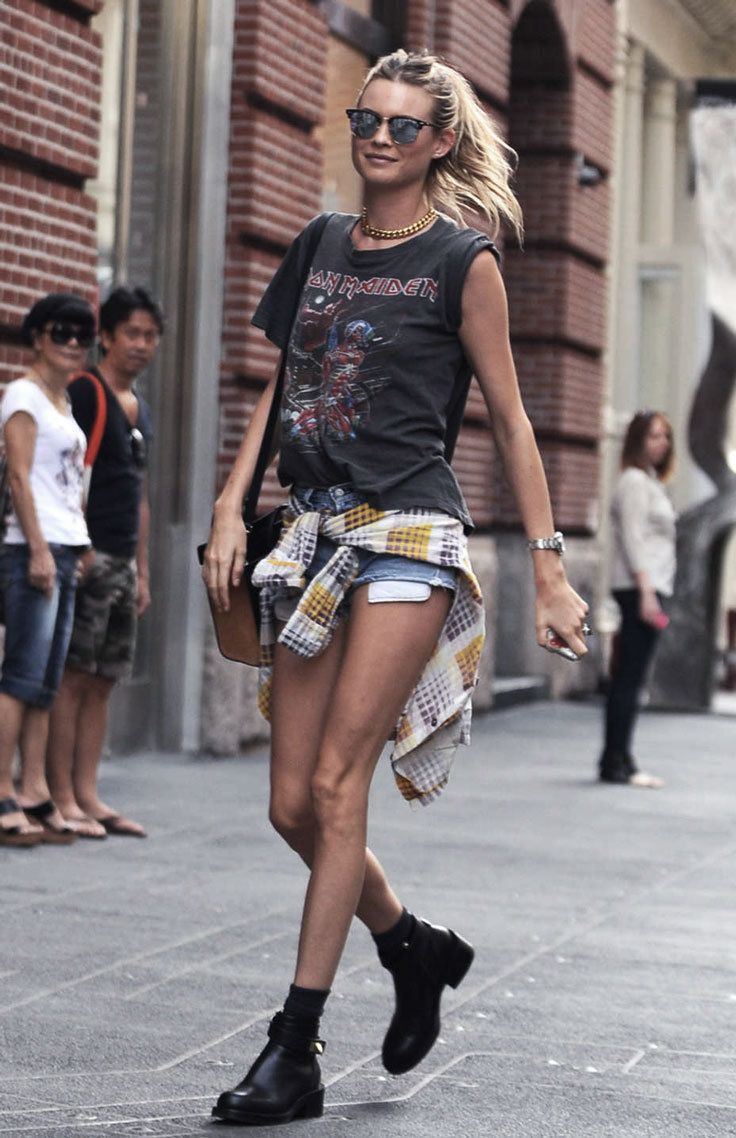 The Key Elements of Grunge Style: A Breakdown
The Key Elements of Grunge Style: A Breakdown
Grunge fashion was all about subverting expectations and creating a look that was both effortless and impactful. Here are some of the key elements that defined the grunge aesthetic:
- Flannel Shirts: The undisputed king of grunge attire, the flannel shirt became a symbol of the movement. Worn oversized and often unbuttoned, it offered a sense of relaxed coolness.
- Ripped Jeans: The more distressed, the better. Ripped jeans were a way to showcase a rebellious spirit and a rejection of polished perfection.
- Band T-Shirts: A staple in any grunge wardrobe, band tees displayed allegiance to favorite musical acts and added a touch of individuality to the outfit.
- Oversized Sweaters: Baggy sweaters added a layer of warmth and comfort to the grunge look. Think Kurt Cobain’s iconic cardigan.
- Combat Boots: Dr. Martens and other chunky combat boots became the footwear of choice, offering practicality and a touch of edge.
- Layering: Grunge was all about layering different textures and lengths. A flannel shirt over a ripped t-shirt with a beanie pulled low over the forehead was a classic grunge combination.
Beyond Clothes: The Accessories and Vibe
Grunge wasn’t just about the clothes; it was a complete aesthetic. Accessories played a crucial role in completing the look. Here’s what added that extra touch of grunge:
- Beanies: Worn slouched or pulled low over the forehead, beanies added a nonchalant touch to grunge outfits.
- Converse Sneakers: While combat boots were popular, Converse sneakers offered a more casual and versatile option.
- Chokers: Thin black chokers became a signature grunge accessory, adding a touch of rebellion and a nod to punk rock influences.
- Messy Hair: Grunge wasn’t about perfectly styled hair. The messier, the better, reflecting a carefree and unkempt attitude.
- Minimal Makeup: Grunge makeup leaned towards a natural, almost bare-faced look. A touch of eyeliner and mascara might be added, but the focus was on individuality rather than heavy makeup.
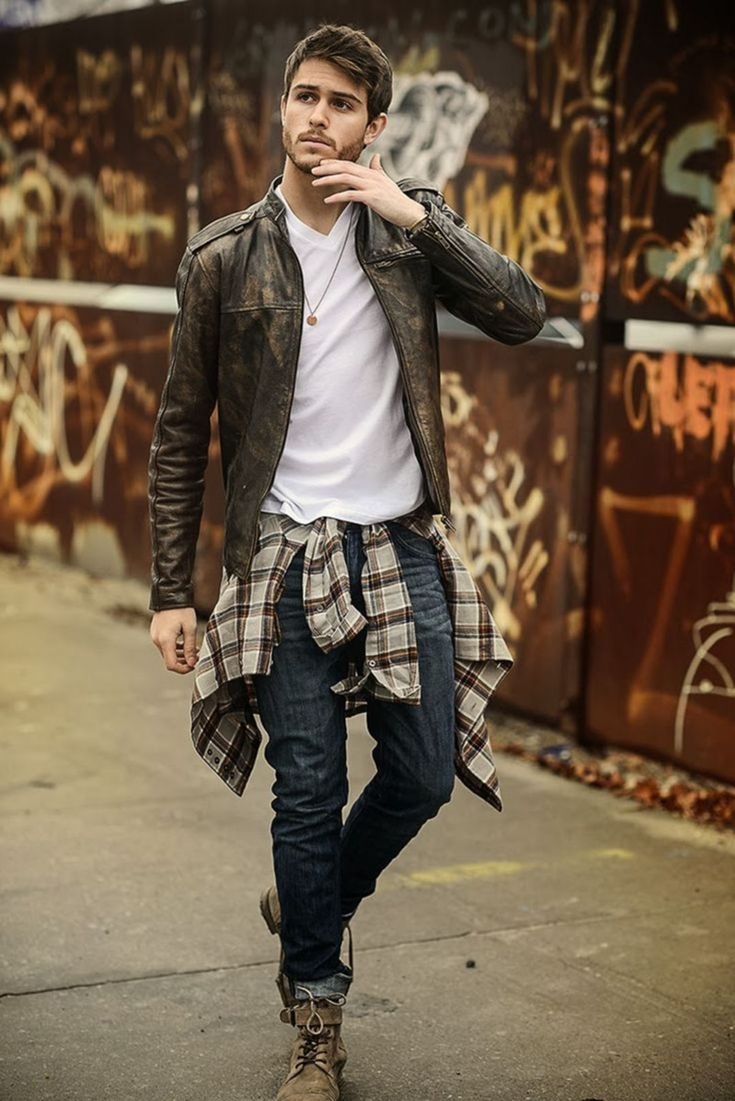 Grunge Goes Mainstream: From Subculture to Pop Culture Phenomenon
Grunge Goes Mainstream: From Subculture to Pop Culture Phenomenon
By the early 1990s, grunge music had exploded in popularity. Bands like Nirvana topped the charts, and their iconic looks became instantly recognizable. Fashion designers took notice, incorporating grunge elements into their collections. High-end designers began presenting their versions of ripped jeans and flannel shirts, making the look more accessible to a wider audience.
Grunge’s influence wasn’t limited to high fashion. Mainstream brands started offering grunge-inspired clothing, making the trend even more widespread. Teenagers across the globe embraced the grunge aesthetic, finding a sense of belonging and individuality in its rebellious spirit.
The Lasting Legacy of Grunge: A Fashion Revolution
Grunge’s impact on fashion goes far beyond a fleeting trend. It revolutionized the way people thought about clothing. Grunge challenged the idea that fashion had to be expensive or glamorous. It championed a more relaxed and individualistic approach to style, prioritizing comfort and self-expression over conformity.
Even today, the influence of grunge can be seen in various fashion trends. Ripped jeans, oversized sweaters, and graphic tees remain wardrobe staples. Designers continue to reinterpret grunge elements, adding a modern twist to a timeless look.
Grunge’s legacy extends beyond clothing. It was a movement that celebrated individuality,
Grunge’s Legacy: Beyond Clothing
Grunge was a movement that celebrated individuality, authenticity, and a rejection of mainstream norms. Its influence extended beyond fashion, impacting music, art, and culture as a whole.
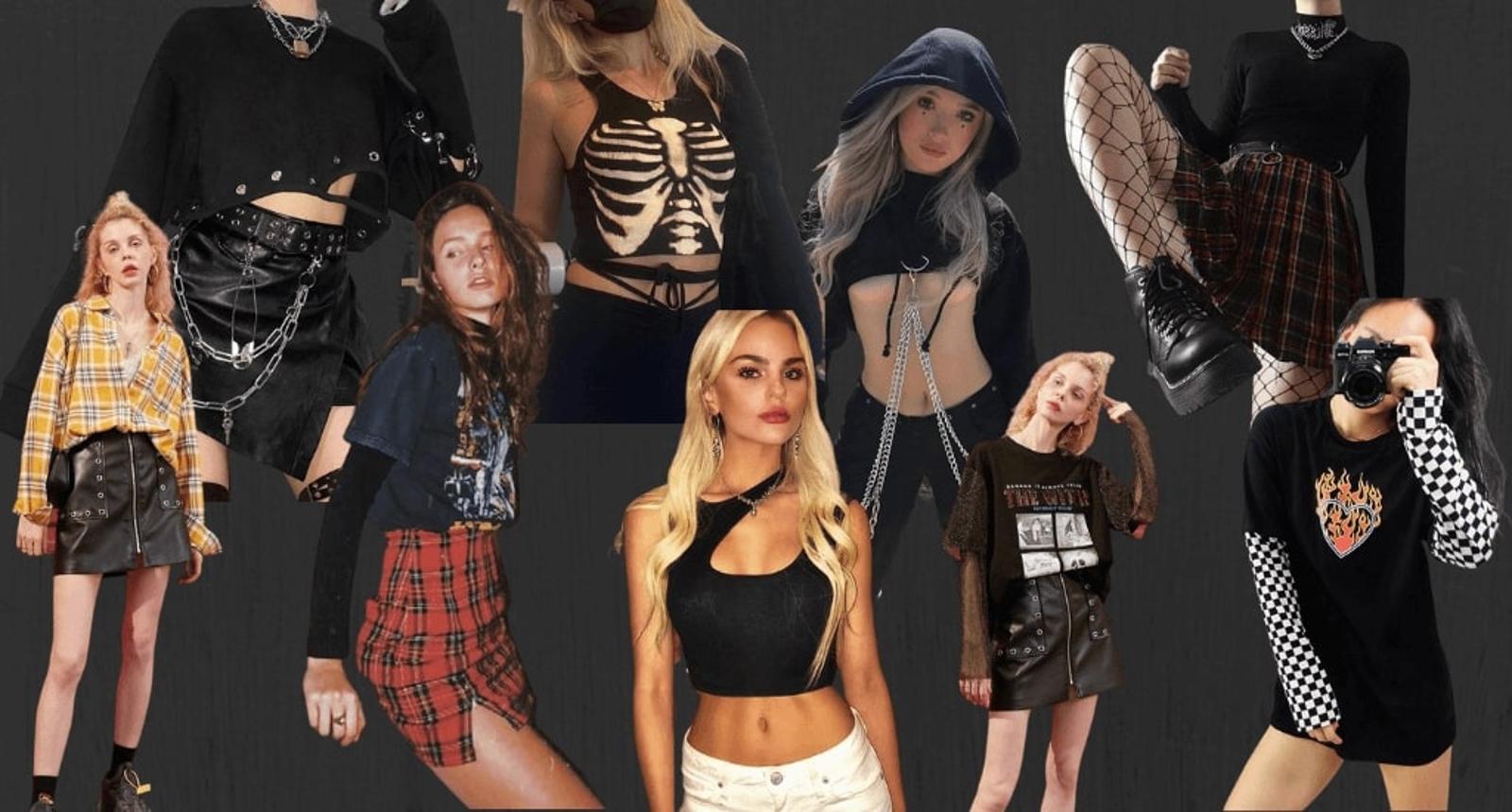 Grunge’s Impact on Music
Grunge’s Impact on Music
Grunge music was the driving force behind the grunge movement. Its raw energy, angst-ridden lyrics, and DIY ethos resonated with a generation yearning for something real and unfiltered. Grunge bands like Nirvana, Pearl Jam, Soundgarden, and Alice in Chains became cultural icons, their music challenging the polished pop of the time.
Grunge’s influence on music was far-reaching. It inspired a wave of alternative rock bands that emerged in the 1990s, expanding the genre’s reach and diversity. Grunge’s DIY ethos also encouraged independent music labels and underground scenes to flourish, providing a platform for artists who didn’t fit the mold of mainstream music.
Grunge’s Impact on Art and Culture
Grunge’s influence extended beyond music, permeating art and culture in various forms. The movement’s emphasis on authenticity and self-expression inspired a generation of artists to explore themes of alienation, rebellion, and the human condition. Grunge art often featured gritty, raw imagery, reflecting the movement’s rejection of polished perfection.
Grunge’s impact on culture was significant. It challenged traditional values and encouraged a more open-minded approach to self-expression. Grunge’s DIY ethos also fostered a sense of community and camaraderie among those who identified with the movement.
Grunge’s Enduring Influence
While grunge’s peak popularity may have passed in the 1990s, its influence continues to be felt today. Grunge’s core values of authenticity, individuality, and rebellion remain relevant in a world that often prioritizes conformity and consumerism.
Grunge’s impact on fashion is undeniable. Ripped jeans, flannel shirts, and band tees remain wardrobe staples, and designers continue to reinterpret grunge elements for modern audiences. Grunge’s influence on music is also evident, with alternative rock genres still drawing inspiration from grunge’s raw energy and angst-ridden lyrics.
Grunge’s legacy is one of challenging the status quo and embracing authenticity. It was a movement that gave voice to a generation and left an indelible mark on popular culture.
Conclusion
Grunge was more than just a fashion trend or a musical genre; it was a cultural movement that redefined the way people thought about self-expression, authenticity, and rebellion. Its influence continues to be felt today, inspiring artists, musicians, and designers who embrace its core values. Grunge’s legacy is a testament to the power of subcultures to challenge norms and shape popular culture.



